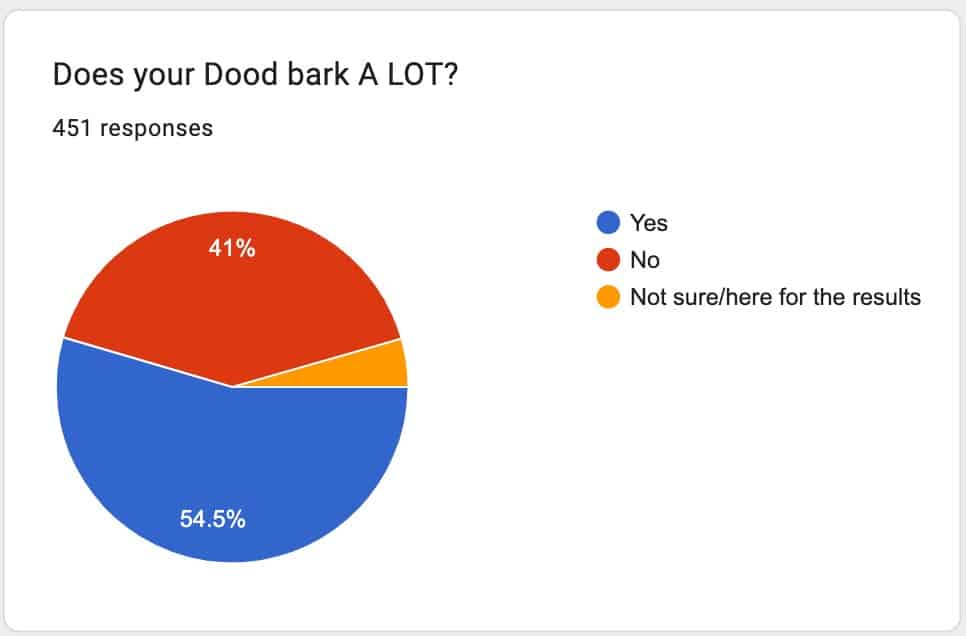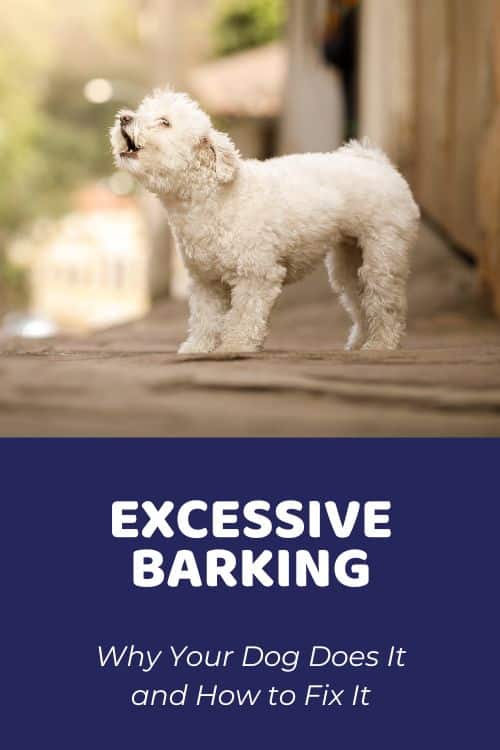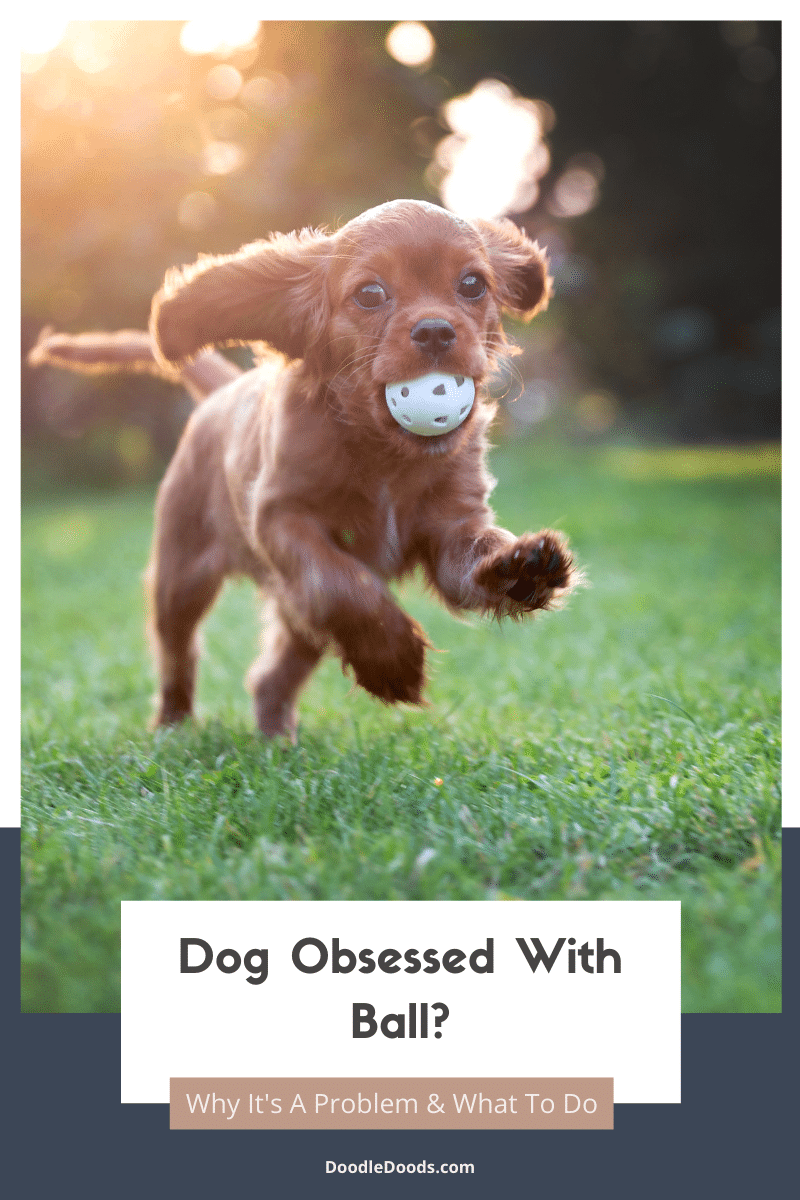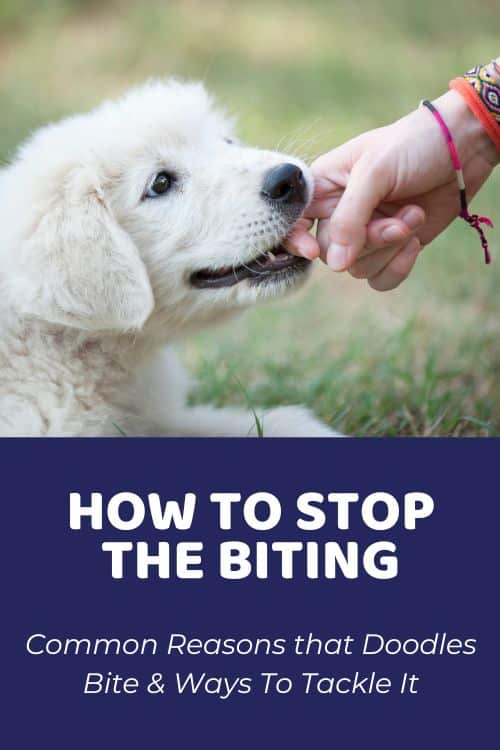Barking is a reasonably typical canine behavior – some breeds do it more, some less… If your pup likes to greet new friends with a few yips accompanied by some frantic tail wagging, you’re unlikely to be too concerned. However, if your happy little fur baby transforms into a frenzied, foam-mouthed hellhound at the mere sight of strangers and other dogs, you’ve got a problem.
Embarrassment at having to explain to other dog owners that your pet is not as vicious as they may seem aside, your pup is clearly unhappy about something. While you may think that frequent exposure to new people and pets can help resolve this problem (and you may well be right), these kinds of behaviors often get worse before they get better. So, if your dog barks at everyone and/or every dog they encounter, nipping this behavior in the bud early on really is your best bet. Let’s take a look at how.
Table of Contents
- What Prompts This Kind of Barking Behavior?
- How To Prevent Both Kinds of Barking Behavior
- Dog Barks at Everyone: Final Thoughts
By the way, we also asked our newsletter subscribers if their Doods bark a lot and here are the results:

What Prompts This Kind of Barking Behavior?
When it comes to undesirable behaviors and finding the right approach to combat them, you first need to understand what underlies them. With barking, your pup is trying to communicate something – but what exactly are they trying to say?
When it comes to interpreting your pooch’s mood, the trick is to not just focus on the barking, which may always sound angry, but to pay close attention to their body language too. This can help you distinguish whether your pup is issuing a warning or communicating that they are uncomfortable with what’s happening around them.
Fear-Response Barking
Ask any canine training expert, and they’ll confidently tell you that fear is the most common motivator of aggressive-seeming behavior. Like most animals, dogs tend to be afraid of people and animals they are unfamiliar with. In these kinds of worry-inducing situations, your pup’s natural fight-or-flight instinct comes on strong, and by leashing them, you have removed their likely preferred option of dealing with this potential danger.
With no choice but to confront the issue head-on, they will make themselves appear as fearful as possible to encourage the threat to move along. This behavior often becomes reinforced when the person or other dog moves away. This means that rather than learning that people and pups are no threat, your hound will continue to act in this manner as they have learned that they get what they want.

You can recognize that your pal is barking out of fear from their more self-protective posture. They will often hold their body low, tuck their tail between their legs and angle their muzzle to the ground. They will likely be growling and showing their teeth. Yet, if the person or other animal moves closer to them, they will often quickly move away, usually to be closer to their owner when possible. Otherwise, they will lash out, snapping or biting.
Dominance-Based Barking
Alternatively, your pup may be barking at people and pups for another reason entirely. More confident dogs (be ii because of their breed or environment) may use verbal cues to express superiority over certain other people or dogs. This is especially the case in environments they consider part of their home turf, such as a park they visit daily. Canines are territorial animals by nature, and resource guarding is common.
If dominance lies at the heart of your pal’s barking behavior, you may notice that they tend to only direct this towards certain people or dogs. Subtle variations in smell and body language can signal a friend or foe. Often more chilled-out pups (and peeps) indicate friendliness or submissiveness right away, meaning your dog does not need to act out. This is why they get on like a house on fire with some, while waging all-out war with others.

As with fear barking, you can also recognize dominance-based barking in how your dog holds themselves. They will stand tall with their head high, tail aloft, and sometimes flagging (which looks like wagging but isn’t). If the person or other dog proceeds to get closer, the warning sounds will increase, and your dog may start to pull at the leash and lunge toward them. They are sending a clear message: “I’m scary. Back away now!”
How To Prevent Both Kinds of Barking Behavior
As you can imagine, the techniques for dealing with each of these vary considerably. Pick the wrong one, and at best, it will be ineffectual. At worst, you could make the behavior far worse. That’s why it’s important to be aware of what underlies it in the first place.
Fear-response barking is often a response to ineffectual early socialization. Simply put, your pet wasn’t exposed to enough novel situations when they were still a puppy to make them confident about dealing with them. Due to social restrictions of the last few years, this is a widespread problem at present. So-called “Pandemic Pups” are explosively reactive when they face situations that make them uncomfortable.
If your dog is still relatively young, they may develop in confidence over time. However, more than likely, you will need to counter-condition these guys out of their barking behaviors by slowly and gradually exposing them to new people and dogs while encouraging them to remain calm with plenty of treats and praise. Keeping them under the “threshold” is vital – if they start to get agitated, you need to move away from the stimulus.
Dominant dogs, on the other hand, already have plenty of confidence. Removing the object of their apparent aggression or presenting them with treats will likely only serve to show them that their confidence is warranted and that their behavior gets them what they want. Then again, you don’t want to push your pup too far. You may feel pretty confident your darling Dood would never bite anyone or attack another dog, but can you be sure?
Instead, to tackle their nuisance behaviors, you’re going to need to step up their training as well as their socialization. The latter will teach them better ways to interact with other dogs. The former will give you better control over your dog, making it more likely that they will obey your commands when you want them to back off and stop barking. Until you feel confident your pup will listen to you, it’s best to keep them on the leash at all times.
Dog Barks at Everyone: Final Thoughts
Barking can be a big problem for many newbie owners who haven’t yet learned the best techniques for quieting their dogs down. Often this is no more than excitement at encountering new people and dogs. However, if the barking becomes aggressive or excessive, something needs to be done. Depending on whether your pup is barking out of fear or as a warning, you will need to work on helping them feel more comfortable around strange people and dogs or listen to commands such as “sit” and “quiet.” Both take time and consistency, but Doodles are intelligent dogs, and you’ll get there in the end.
Need help with training?

Use our discount code: DOODLEDOODS at checkout for an instant 25% off of BAXTER & BELLA, The Online Puppy School – an incredible value on their lifetime membership!
Learn More About BAXTER & BELLA










